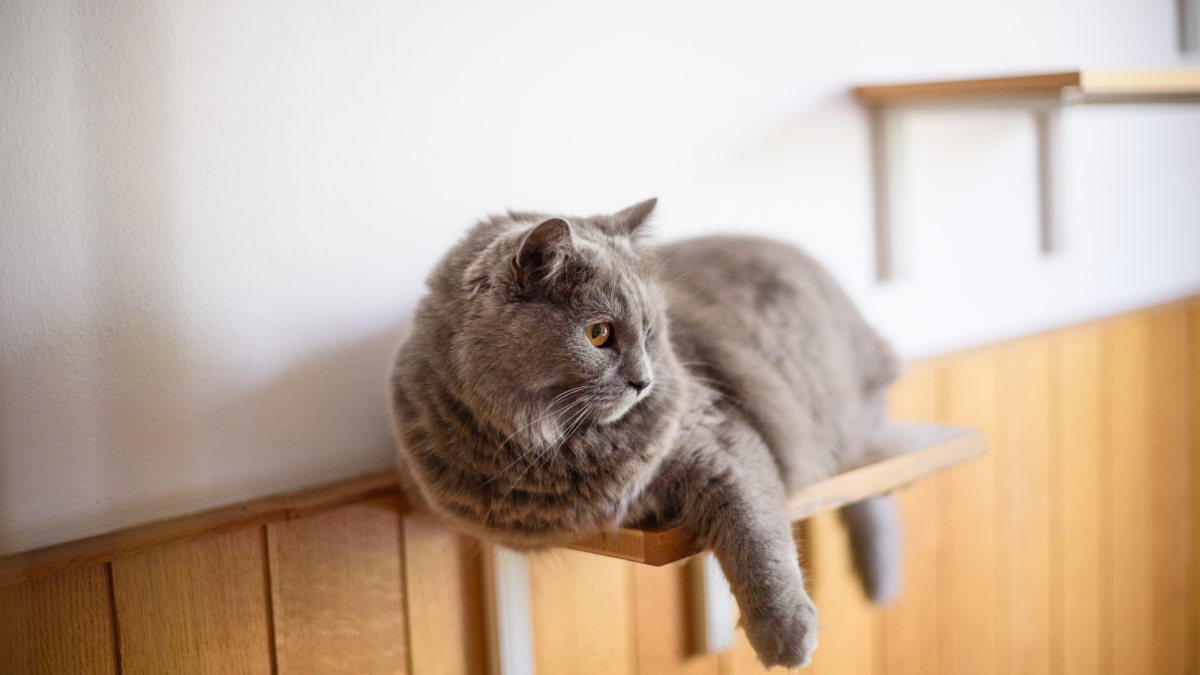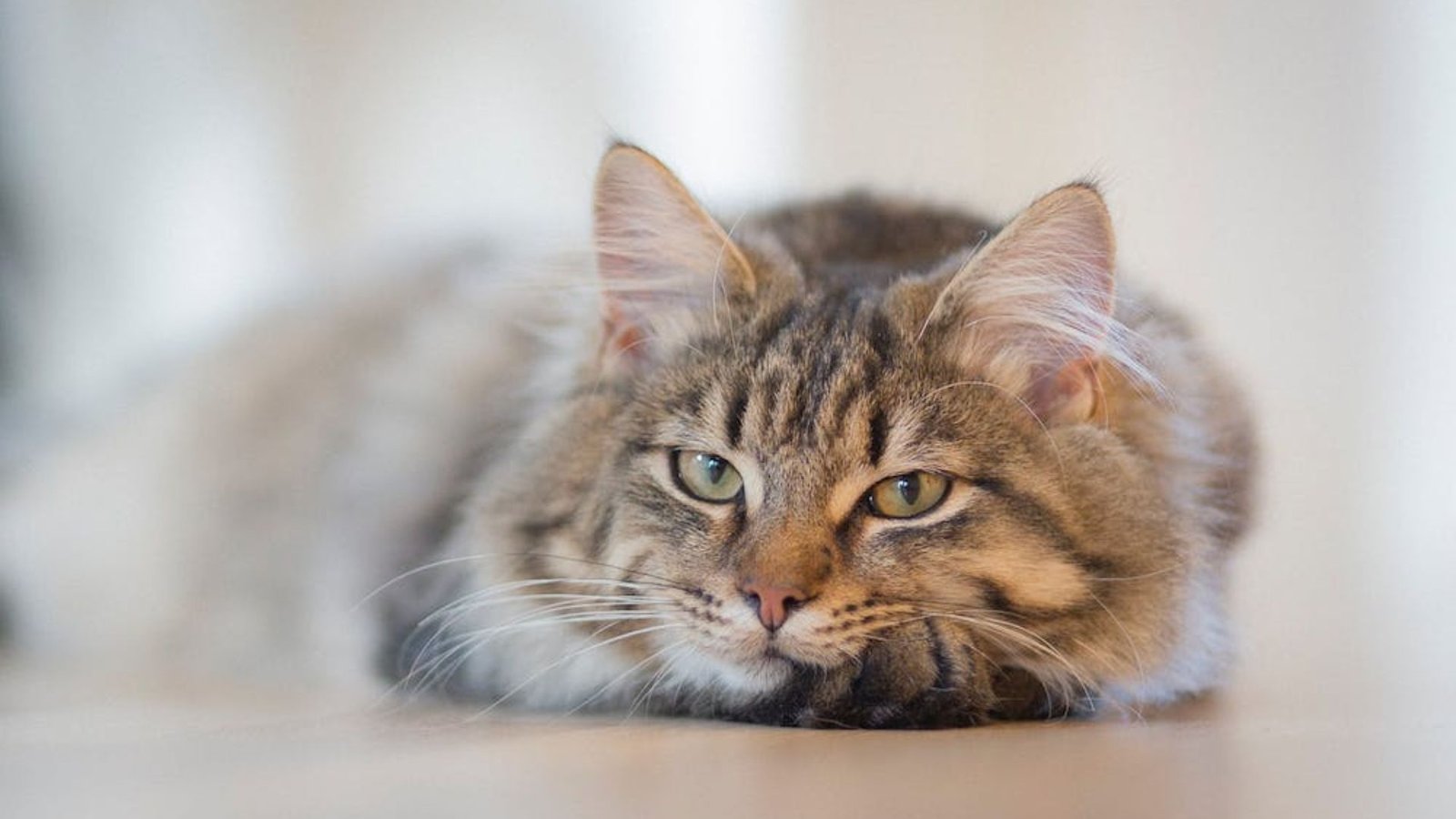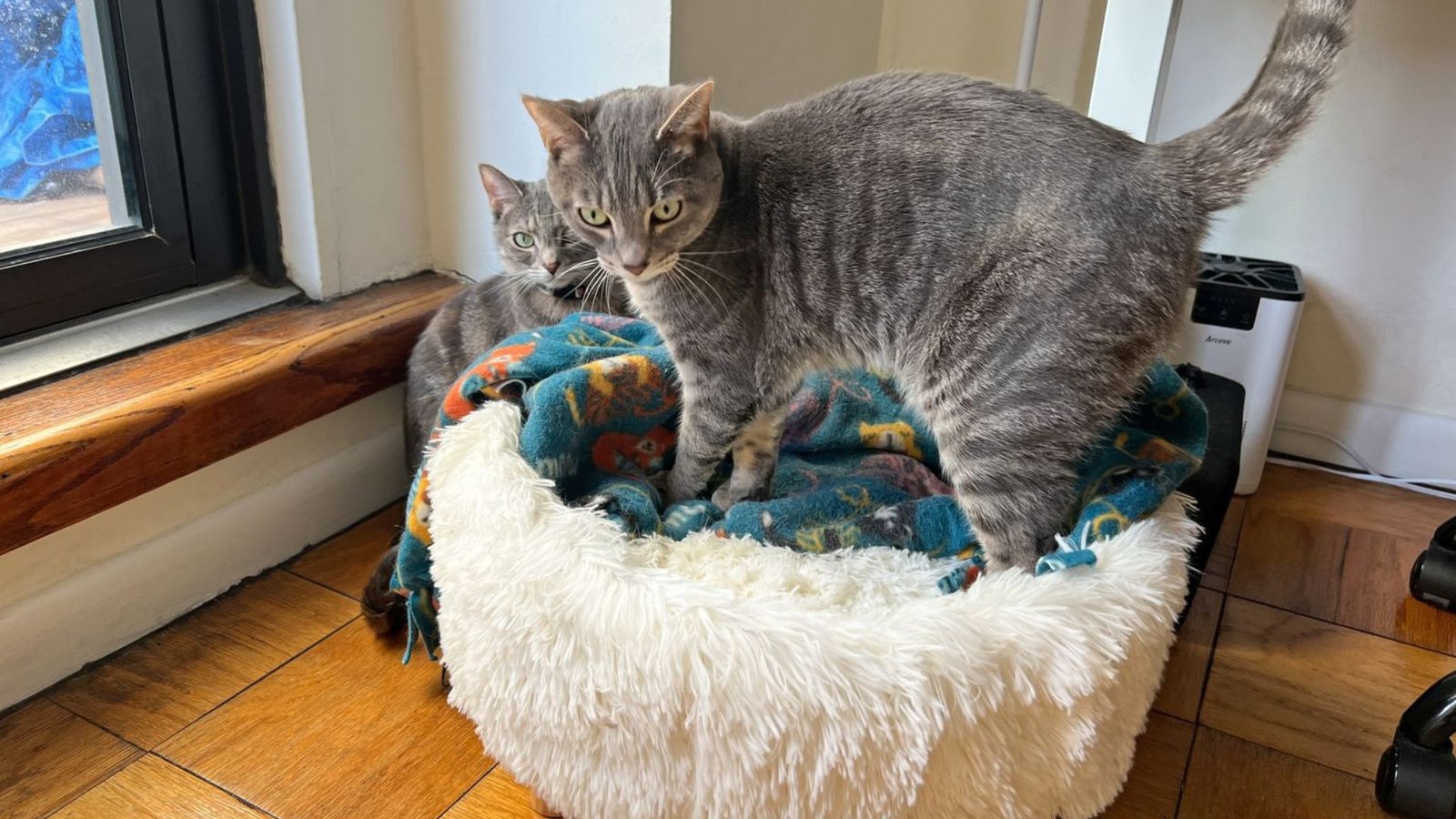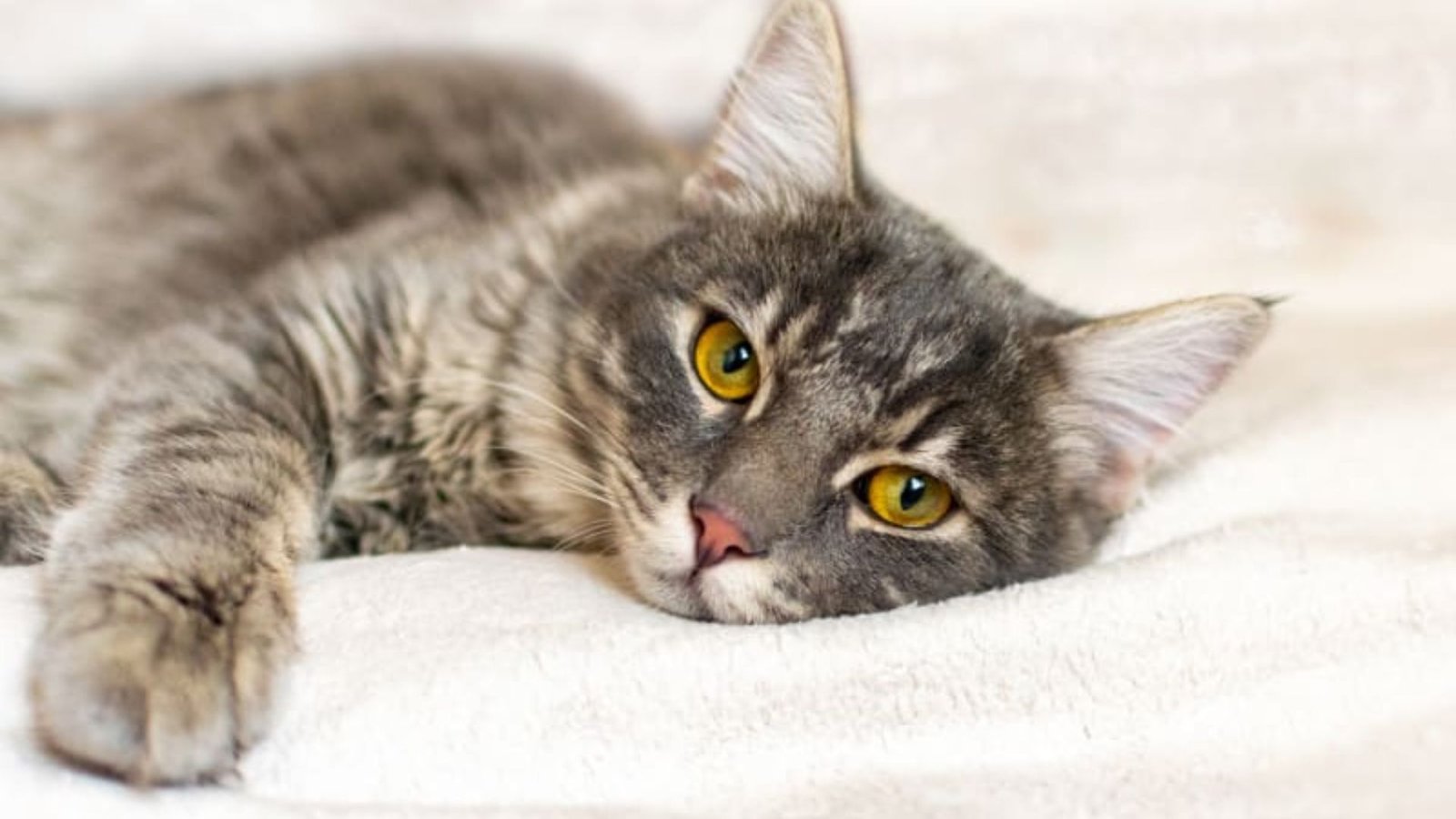Creating the perfect environment for your indoor cat is essential to their well-being. As natural hunters and explorers, cats need a space that provides both physical and mental stimulation. Whether you’ve adopted a kitten or an adult cat, designing a cat-friendly home can help reduce stress, boredom, and anxiety. In this guide, we’ll cover everything you need to know to create an ideal living space for your feline friend.
1. Provide Plenty of Vertical Space
Cats love to climb, perch, and observe their surroundings from high vantage points. Vertical space allows them to engage in natural behaviors like climbing and scratching, and it helps them feel secure.
- Cat Trees and Shelves: Invest in a cat tree with multiple levels or wall-mounted shelves that your cat can climb. Cats enjoy exploring and relaxing in these spaces, and it also keeps them entertained.
- Windowsills: If possible, make a comfortable perch by clearing space on windowsills, so your cat can enjoy watching the outside world. Cats love watching birds, cars, and the general movement outside.
2. Create a Cozy Resting Spot
Indoor cats sleep a lot, and having a dedicated, quiet, and cozy space is essential. Your cat should have a safe area where they can retreat for naps or feel secure.
- Cat Beds: Place soft, comfortable cat beds in quiet corners or near windows. Cats often prefer places where they can feel safe, so a covered bed or a soft blanket in a secluded spot can work wonders.
- Blankets and Cushions: If your cat enjoys lounging on soft surfaces, provide extra blankets or cushions where they can curl up and relax.
3. Offer Mental and Physical Stimulation
Cats need both mental and physical stimulation to stay healthy and happy. Without it, they may become bored, stressed, or even destructive.
- Interactive Toys: Invest in a variety of toys, such as puzzle feeders, interactive laser pointers, and feather wands. Toys that mimic prey, like mice or balls, keep your cat’s instincts sharp.
- Cat Scratching Posts: Scratching is a natural behavior for cats, helping them stretch their muscles and mark territory. Provide scratching posts made of different materials like sisal or cardboard.
- Cat-Friendly Playtime: Spend quality time playing with your cat each day. Use toys that encourage chasing and pouncing to keep them active and engaged.
4. Create Hiding Spots for Security
While cats enjoy being in high places, they also need areas where they can hide when they feel stressed or need a break. A hiding spot provides security and allows your cat to retreat when they need some peace and quiet.
- Covered Beds or Boxes: Hide a cozy, enclosed bed in a quiet area of your home. You can also place cardboard boxes or tunnels in different rooms, offering your cat the option to retreat when they want to be alone.
- Cat Caves: Invest in a cat cave or a small tent-like structure where your cat can retreat when feeling overwhelmed.
5. Provide Fresh Air and Outdoor Views
Indoor cats can still enjoy nature, even if they’re not allowed outside. Providing them with access to fresh air and outdoor sights can enrich their environment and help them feel more connected to the outside world.
- Window Perches: Install a window perch so your cat can safely watch the outside world. This is an excellent way for them to enjoy fresh air and observe wildlife without leaving the house.
- Catios: Consider installing a “catio,” an enclosed outdoor cat patio that allows your cat to safely experience the outdoors. You can build one yourself or buy a pre-made version. This is a fantastic option for giving your cat the best of both worlds.
6. Maintain a Clean Litter Box
A clean and well-maintained litter box is essential for your cat’s comfort. Cats are particular about their bathroom habits, and an unclean litter box can cause stress or behavioral issues.
- Multiple Litter Boxes: For multiple cats, provide one litter box per cat, plus one extra. This helps reduce competition and ensures each cat has access to a clean box when needed.
- Litter Box Location: Place litter boxes in quiet, low-traffic areas. Avoid putting them near food or water bowls, as cats prefer a bit of distance between eating and bathroom areas.
7. Create a Safe Environment
Safety is a priority when designing an indoor cat environment. Indoor cats are generally safe from traffic, predators, and harsh weather, but it’s still important to make sure the space is secure and free from hazards.
- Toxic Plants: Be cautious of plants in your home, as many common household plants, such as lilies and poinsettias, are toxic to cats. Keep plants out of your cat’s reach or opt for non-toxic varieties.
- Hidden Dangers: Secure electrical cords, small objects, or anything that your cat might chew or swallow. Cats love exploring, so it’s important to make sure your home is free of harmful items.

8. Keep Your Cat’s Diet Healthy
A healthy diet is crucial for your cat’s overall well-being. Make sure to provide them with high-quality, balanced food, tailored to their specific age, weight, and dietary needs.
- Fresh Water: Cats can be picky drinkers, so ensure they have access to clean, fresh water at all times. Some cats prefer a cat water fountain, as it encourages drinking.
- Food Stations: Keep your cat’s food and water bowls in a quiet, accessible area. Make sure they are regularly cleaned to avoid any contamination.
9. Respect Their Space and Routine
Cats thrive on routine and can become stressed when their environment changes suddenly. Make sure to respect their need for space, especially when they are feeling overwhelmed or need time alone.
- Consistent Environment: Keep furniture and other items in the same place to avoid unsettling your cat. Try to introduce any changes slowly and allow your cat to adjust.
- Quiet Spaces: Cats tend to enjoy a predictable, quiet environment. Minimize loud noises and disruptions that could cause stress.
Conclusion
By providing your indoor cat with a safe, stimulating, and comfortable environment, you’re helping to ensure their happiness and well-being. Cats are independent, curious creatures, and when their physical, mental, and emotional needs are met, they’ll be content and thrive in their indoor space. With the right balance of cozy resting spots, fun activities, and safe spaces, your cat can live a happy, fulfilled life indoors.











